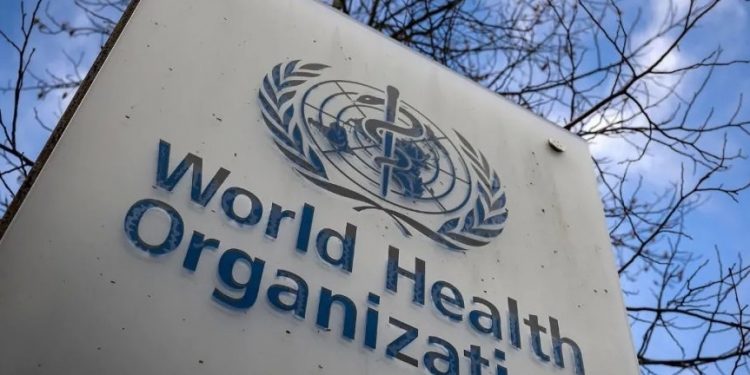Geneva: Amid concerns of increasing presence of the BA.2 subtype of Omicron variant in some European and Asian countries, the World Health Organization Wednesday reinforced that the BA.2 sublineage should continue to be considered a variant of concern.
The WHO’s Technical Advisory Group on SARS-CoV-2 Virus Evolution which met Tuesday said that it should remain classified as Omicron.
The group also emphasised that BA.2 should continue to be monitored as a distinct sublineage of Omicron by public health authorities.
“The Omicron variant of concern is currently the dominant variant circulating globally, accounting for nearly all sequences reported to GISAID (an open access database),” the WHO said in a statement.
Omicron is made up of several sublineages, each of them being monitored by WHO and partners. Of them, the most common ones are BA.1, BA.1.1 (or Nextstrain clade 21K) and BA.2 (or Nextstrain clade 21L).
At a global level, the proportion of reported sequences designated BA.2 has been increasing relative to BA.1 in recent weeks, however the global circulation ofA all variants is reportedly declining.
The experts explained that BA.2 differs from BA.1 in its genetic sequence, and that it has a growth advantage over this sublineage.
Although studies are ongoing to understand why, initial data suggest BA.2 appears inherently more transmissible than BA.1, currently the most common Omicron sublineage reported.
However, this difference in transmissibility appears to be much smaller than that between BA.1 and the Delta variant, the experts said.
Meanwhile, although BA.2 sequences are increasing in proportion relative to other Omicron sublineages, there is still a reported decline in overall cases globally.
Furthermore, while cases of reinfection with BA.2 following infection with BA.1 have been documented, preliminary data from studies show that infection with BA.1 provides strong protection against reinfection with BA.2.
WHO will continue to closely monitor the BA.2 lineage as part of Omicron.
The UN agency urged countries to remain vigilant, to monitor and report sequences, and to conduct independent and comparative analyses of the different Omicron sublineages.
IANS






































